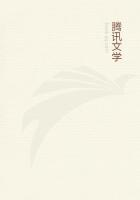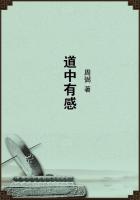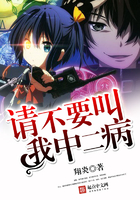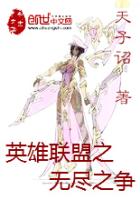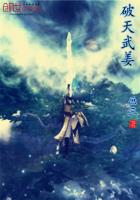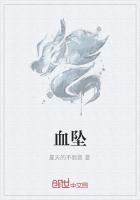The smaller orders were similar in purpose and organization to the Ku Klux Klan and the White Camelia.Most of them joined or were affiliated with the large societies.Probably a majority of the men of the South were associated at some time during this period with these revolutionary bodies.As a rule the politicians, though approving, held aloof.Public opinion generally supported the movement so long as the radicals made serious attempts to carry out the reconstruction policies.
The task before the secret orders was to regulate the conduct of the blacks and their leaders in order that honor, life, and property might be secure.
They planned to accomplish this aim by playing upon the fears, superstitions, and cowardice of the black race--in a word, by creating a white terror to counteract the black one.To this end they made use of strange disguises, mysterious and fearful conversation, midnight rides and drills, and silent parades.As long as secrecy and mystery were to be effective in dealing with the Negroes, costume was an important matter.These disguises varied with the locality and often with the individual.High cardboard hats, covered with white cloth often decorated with stars or pictures of animals, white masks with holes cut for eyes, nose and mouth bound with red braid to give a horrible appearance, and frequently a long tongue of red flannel so fixed that it could be moved with the wearer's tongue, and a long white robe--these made up a costume which served at the same time as a disguise and as a means of impressing the impressionable Negro.Horses were covered with sheets or white cloth held on by the saddle and by belts, and sometimes the animals were even painted.Skulls of sheep and cattle, and even of human beings were often carried on the saddlebows to add another element of terror.A framework was sometimes made to fit the shoulders of a Ghoul which caused him to appear twelve feet high.A skeleton wooden hand at the end of a stick served to greet terrified Negroes at midnight.For safety every man carried a small whistle and a brace of pistols.
The trembling Negro who ran into a gathering of the Ku Klux on his return from a Loyal League meeting was informed that the white-robed figures he saw were the spirits of the Confederate dead killed at Chickamauga or Shiloh, now unable to rest in their graves because of the conduct of the Negroes.He was told in a sepulchral voice of the necessity for his remaining more at home and taking a less active part in predatory excursions abroad.In the middle of the night, a sleeping Negro might wake to find his house surrounded by a ghostly company, or to see several terrifying figures standing by his bedside.They were, they said, the ghosts of men whom he had formerly known.They had scratched through from Hell to warn the Negroes of the consequences of their misconduct.Hell was a dry and thirsty land; and they asked him for water.
Bucket after bucket of water disappeared into a sack of leather, rawhide, or rubber, concealed within the flowing robe.The story is told of one of these night travelers who called at the cabin of a radical Negro in Attakapas County, Louisiana.After drinking three buckets of water to the great astonishment of the darky, the traveler thanked him and told him that he had traveled nearly a thousand miles within twenty-four hours, and that that was the best water he had tasted since he was killed at the battle of Shiloh.The Negro dropped the bucket, overturned chairs and table in making his escape through the window, and was never again seen or heard of by residents of that community.Another incident is told of a parade in Pulaski, Tennessee: "While the procession was passing a corner on which a Negro man was standing, a tall horseman in hideous garb turned aside from the line, dismounted and stretched out his bridle rein toward the Negro, as if he desired him to hold his horse.
Not daring to refuse, the frightened African extended his hand to grasp the rein.As he did so, the Ku Klux took his own head from his shoulders and offered to place that also in the outstretched hand.The Negro stood not upon the order of his going, but departed with a yell of terror.To this day he will tell you: 'He done it, suah, boss.I seed him do it.'"It was seldom necessary at this early stage to use violence, for the black population was in an ecstasy of fear.A silent host of white-sheeted horsemen parading the country roads at night was sufficient to reduce the blacks to good behavior for weeks or months.One silent Ghoul posted near a meeting place of the League would be the cause of the immediate dissolution of that club.Cow bones in a sack were rattled within earshot of the terrified Negroes.A horrible being, fifteen feet tall, walking through the night toward a place of congregation, was very likely to find that every one had vacated the place before he arrived.A few figures wrapped in sheets and sitting on tombstones in a graveyard near which Negroes were accustomed to pass would serve to keep the immediate community quiet for weeks and give the locality a reputation for "hants" which lasted long.
To prevent detection on parade, members of the Klan often stayed out of the parade in their own town and were to be seen freely and conspicuously mingling with the spectators.A man who believed that he knew every horse in the vicinity and was sure that he would be able to identify the riders by their horses was greatly surprised upon lifting the disguise of the horse nearest him to find the animal upon which he himself had ridden into town a short while before.The parades were always silent and so arranged as to give the impression of very large numbers.In the regular drills which were held in town and country, the men showed that they had not forgotten their training in the Confederate army.There were no commands save in a very low tone or in a mysterious language, and usually only signs or whistle signals were used.


